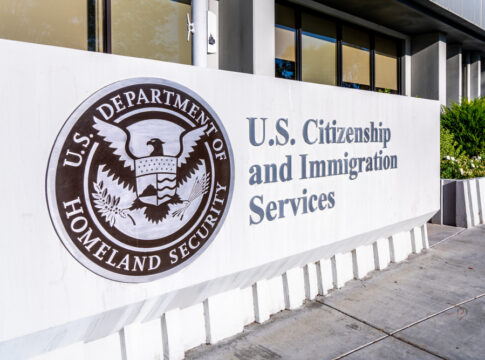Sanctuary cities across America have become battlegrounds in the fight over immigration policy, pitting public safety against immigrant protections. The contentious debate has intensified as reports of violent crimes committed by illegal immigrants released from local custody despite ICE detainers continue to surface. What constitutional questions arise when cities implement policies that potentially conflict with federal immigration enforcement?
The Public Safety Debate
Sanctuary jurisdictions across the United States have implemented policies that protect illegal aliens from deportation, regardless of their criminal history or the severity of crimes committed. These policies prohibit local law enforcement from cooperating with Immigration and Customs Enforcement (ICE), often preventing notification when undocumented immigrants with criminal charges are released back into communities.
President Trump highlighted numerous cases where illegal immigrants committed serious crimes after being released due to sanctuary policies during a law enforcement roundtable. ICE reported arrests of illegal immigrants with charges including assault, sex crimes, and homicide, demonstrating the potential public safety impact of these policies.
No more Sanctuary Cities! They protect the Criminals, not the Victims. They are disgracing our Country, and are being mocked all over the World. Working on papers to withhold all Federal Funding for any City or State that allows these Death Traps to exist!!!
Donald Trump Truth…
— Donald J. Trump Posts From His Truth Social (@TrumpDailyPosts) April 10, 2025
Real-World Consequences
The human cost of sanctuary policies became evident in cases like that of a Salvadoran citizen who was released in Washington, D.C., despite an ICE detainer after sexually abusing a child, only to re-offend. D.C. laws specifically prohibit city employees from sharing information with federal immigration authorities about arrested individuals, creating situations where dangerous criminals may return to communities.
Russell Hott, a federal immigration official, expressed his frustration, saying, “It’s gut-wrenching for us to see those things happen. I just don’t understand the community that puts the predator over the victim.”
The Mayor of Minneapolis tells illegal immigrants, “We love you.”
“We care about you. You’re not an alien in our city. You’re a neighbor.”
“Our police officers will not be cooperating with federal law enforcement.” pic.twitter.com/pDwvnJJsRq
— Open Source Intel (@Osint613) January 29, 2025
Federal Response and Enforcement Challenges
ICE faces significant operational challenges in sanctuary jurisdictions, often having to stake out prisons to detain illegal aliens due to a lack of cooperation from local authorities. This approach increases risks for officers and costs for taxpayers while making immigration enforcement less efficient and more confrontational.
During his administration, President Trump issued an executive order to restrict federal funds to sanctuary jurisdictions and the Department of Justice sued states like New York and Illinois for immigration interference. The California State Sheriff’s Association voiced concerns about sanctuary legislation, stating it “contains significant liabilities that restrict communications with federal law enforcement about the release of wanted, undocumented criminals from our jails, including known gang members, repeat drunk drivers, persons who assault peace officers, serial thieves, and abusers and other serious offenders.”
Currently, sanctuary states include California, Colorado, Connecticut, Illinois, Massachusetts, New Jersey, New York, North Dakota, Oregon, Rhode Island, Utah, Vermont, and Washington, along with numerous cities and counties. Immigration policy remained a significant issue in the 2024 election, with many Americans supporting stricter enforcement and expressing concerns about the public safety implications of sanctuary policies.

